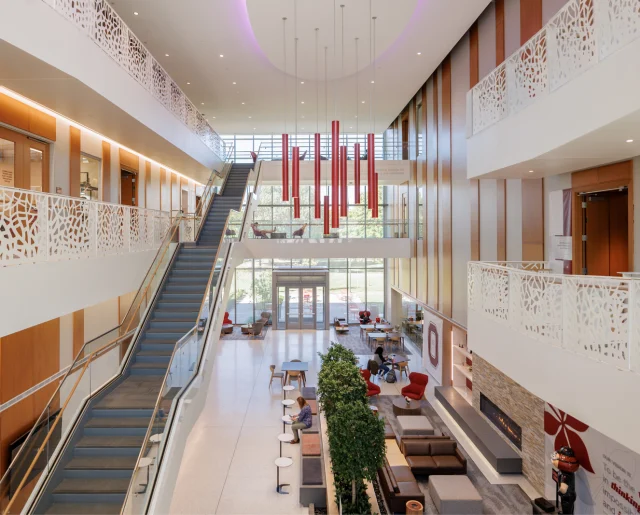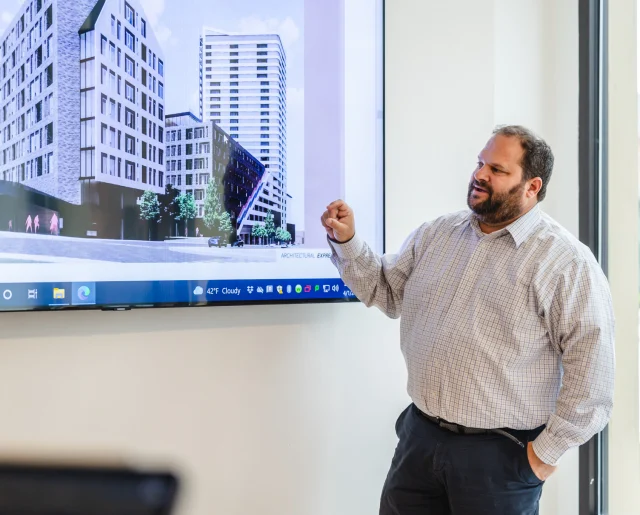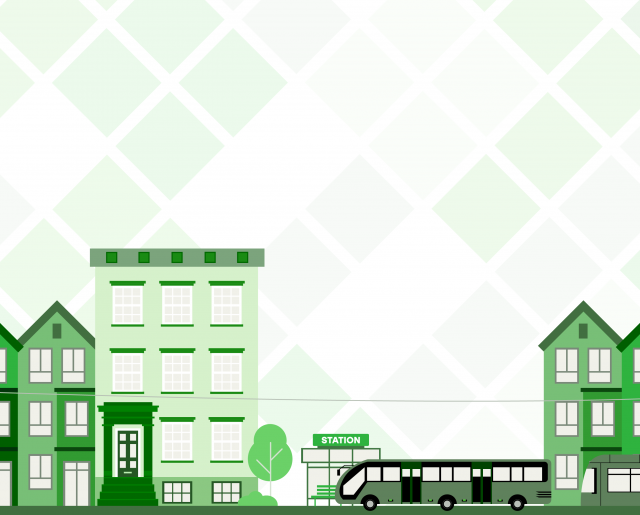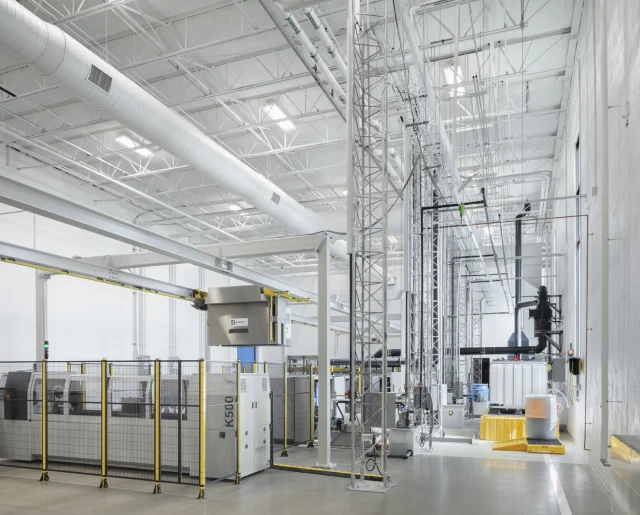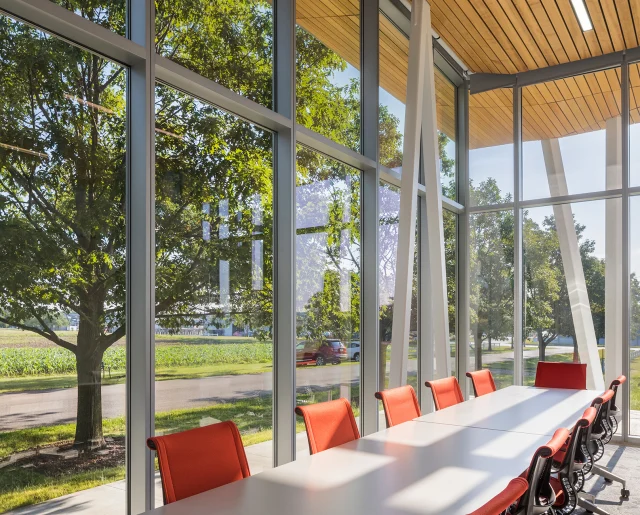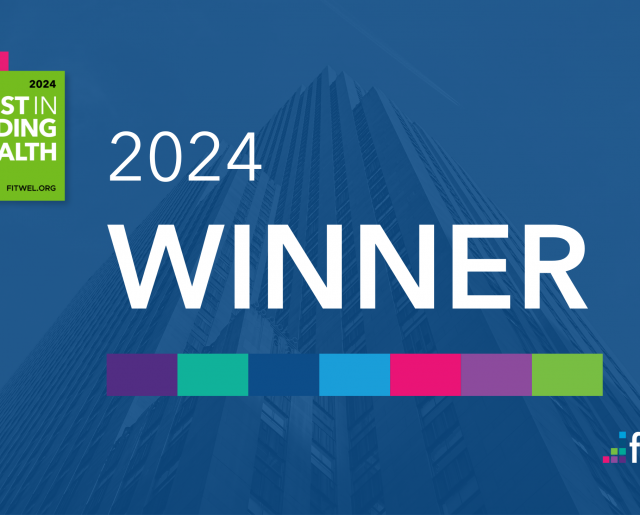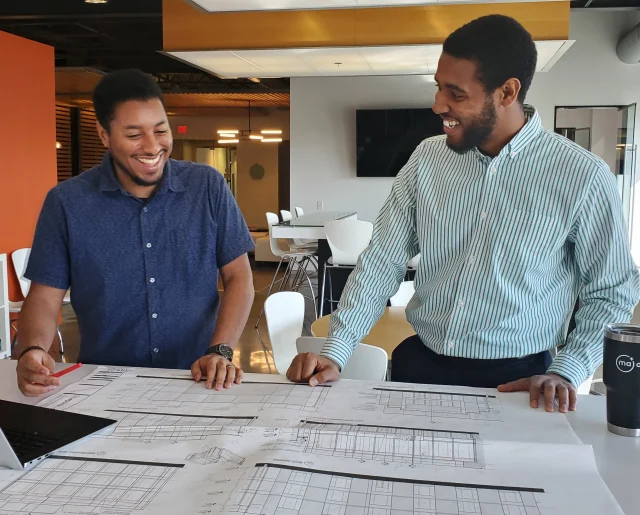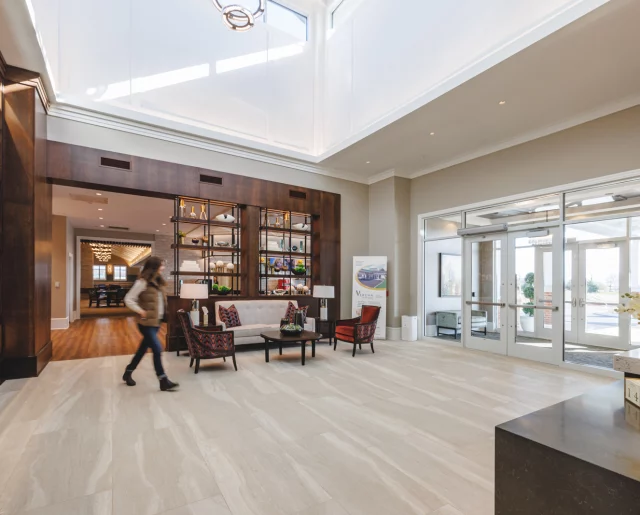Ohio as a Climate Haven: What it Means and Why Design Matters
Climate havens—places seen as safer from climate-related disasters—are gaining attention as extreme weather displaces millions of people across the United States. With reports showing more than 3 million people being displaced every year due to these disasters in the U.S. alone, and a quarter of those not returning to their homes, climate migration is growing in numbers and will only continue to do so over the coming decades. States in the Great Lakes and Midwest regions, such as Ohio, Minnesota, Wisconsin, Michigan, and Pennsylvania are increasingly recognized as potential climate havens thanks to their lower exposure to wildfires, hurricanes, and sea level rise. But what does it really mean to be a climate haven, and how should communities in these states be preparing?

Climate Migration Opportunities and Challenges
Often, when disaster strikes, people are displaced from their homes, losing all their belongings, sense of safety and sometimes even leaving behind parts of their culture. While some choose to return and rebuild their homes and/or businesses, others choose to relocate to a place deemed to be low-risk from climate-related disasters. This movement of people because of climate change impacts is known as climate migration.
The cities and states deemed to be climate havens means they are considered relatively safe from the worst of climate change. This does not mean they won’t experience any changes, just that they have a lower risk than other places. Due to the general lower risk, people and businesses are making the decision to relocate to these areas. A study by the Bank of America found that Columbus, Ohio was one of the fastest-growing cities in the U.S. Along with this growth and the future of climate migration comes with a lot of opportunities, but also significant challenges.
With many of the people who become climate migrants having just lost their homes, the affordable housing crisis is only going to get worse. In Ohio, there is already a shortage of nearly 250,000 affordable housing units, according to the National Low Income Housing Coalition. Within the next few decades, Columbus is expected to add about 750,000 residents, and Cincinnati is expected to add about 600,000—raising critical questions about housing availability, density, and equitable development.
To learn more about designing for density through transit, zoning, and housing lenses, check out our recent articles that address Part 1 (Cincinnati) and Part 2 (Columbus).
Building Design Strategies
While climate migration and its effects aren’t being experienced by everyone to a high degree yet, that’s going to change in the next few decades as climate-related natural disasters get more frequent and severe. Now is the time for businesses to reevaluate not just where they are located, but how well they are prepared. As we build to meet the increased housing and commercial demands, it’s critical to implement strategies that not only reduce environmental impact, but also build resiliency—meaning the ability of buildings and infrastructure to adapt, recover and maintain functionality in the face of climate stressors like extreme heat, flooding and severe storms.

The first and most cost-effective strategies to consider are passive. Understanding not only the climate of today, but also the projected climate. For example, Ohio’s average temperature during summer months is expected to increase by 5-10 degrees, depending on a low or high carbon emission future. This means the state would average 70 days per year with highs over 90 degrees and about 25 days over 100 degrees. These extreme temperatures will also bring increased flooding and more severe storms. Currently, flooding is not a typical design consideration compared to coastal areas. However, with these anticipated changes buildings near rivers and lakes should start to consider flood barriers to mitigate damage, and also ensure community buildings are refuge areas during extreme weather.
Extreme heat is one of the most talked about and experienced effects of climate change in Ohio. This is also, historically, the leading cause of weather-related deaths every year. Therefore, designing our buildings to withstand the extreme heat is critical for our communities and occupant health. Simple passive strategies like orienting your building to optimize shading, strategic window placement to maximize daylighting, and designing for natural ventilation can be implemented as a starting point. From there, high-quality thermal enclosures with proper insulation and detailing are going to help minimize the heat gain of the building and improve occupant comfort.
Extreme Heat in cities is also made worse by the urban heat island effect. Taking steps to mitigate this through vegetation selections, providing green roofs, or at least having a white roof to reflect light will help reduce ambient temperatures.

Wyandot Lodge – A Net-Zero Energy Building
Overall, carbon reduction strategies can also be implemented to not only help make your building resilient, but also help to reduce future damage to the environment. These strategies are often separated into two categories: operational carbon reduction and embodied carbon reduction.
Embodied carbon encompasses everything from the extraction of raw materials used, through construction, transportation, up until it reaches the end of its life when it’s either taken to a landfill or recycled. The number one thing to reduce embodied carbon emissions is to reuse and retrofit our existing building stock. The preservation and reuse of existing foundations and structures can save 50-75% of embodied carbon when compared to a new build. If that is not an option, selecting low-carbon and regional materials is the next best thing you can do. While materials within a couple hundred miles of a project site is the preference, buying from within the continental U.S. will help to reduce the emissions associated with the transportation of materials.
Operational carbon occurs from the use of the building and accounts for a majority of the emissions from buildings. Our grid, historically has not helped with our buildings operational carbon emissions, however, in the last 10 years Ohio’s grid region has seen a significant reduction in carbon emissions, primarily due to a shift away from coal toward natural gas. This is why there has been a large shift to renewable energy sources and electrification.
Your big-picture steps to reduce operational carbon will always be the same, regardless of the sector or size of your building:
1. Collect and manage energy data
2. Maximize energy efficiency and reduce demand
3. Eliminate fossil fuels (electrify)
4. Provide renewable energy
5. Consider carbon offsets
As climate migration continues and more people and businesses relocate to places like Ohio, we have a responsibility to raise the standard for how we build. Prioritizing sustainability, resiliency, and equitable access to housing will be essential to creating communities where everyone can thrive in the face of a changing climate.
Strategies like passive design, thermal performance, flood preparedness, carbon reduction, and thoughtful material selection—aren’t just technical choices. They are long-term investments in the health, safety, and viability of our communities. Designing for climate resiliency means anticipating future stressors, protecting our most vulnerable populations, and building with the understanding that today’s climate havens must be proactively shaped to remain that way.
By taking a comprehensive, forward-looking approach to building design, we can meet the challenges of climate migration head-on—and create a built environment that truly supports a more sustainable and equitable future.

